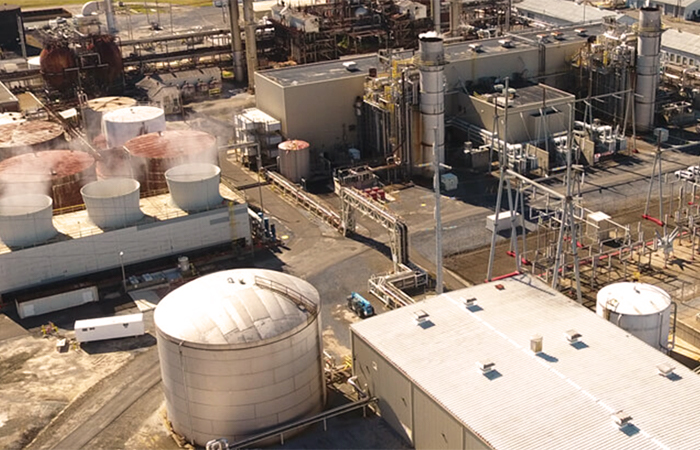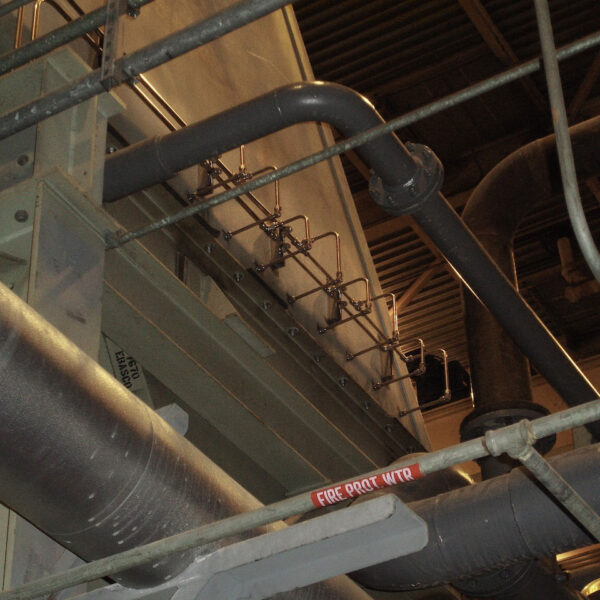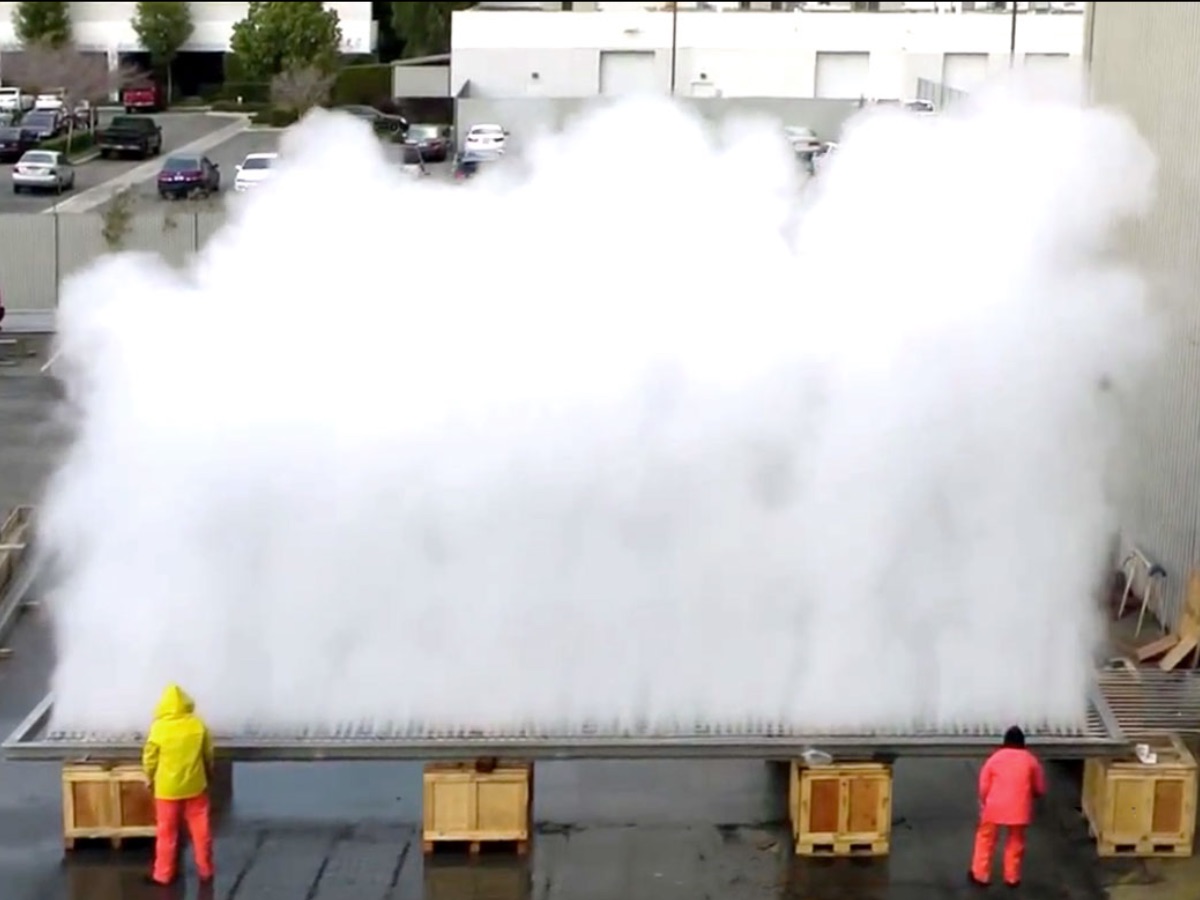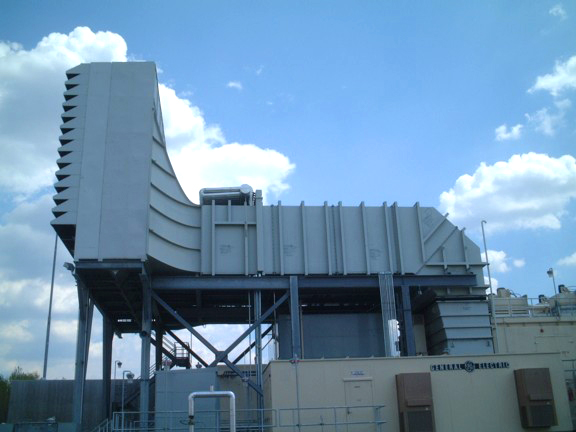Adding Wet Compression to Existing Fog System Eagle Point Power Generation – Westville, NJ
Gas Turbine Wet Compression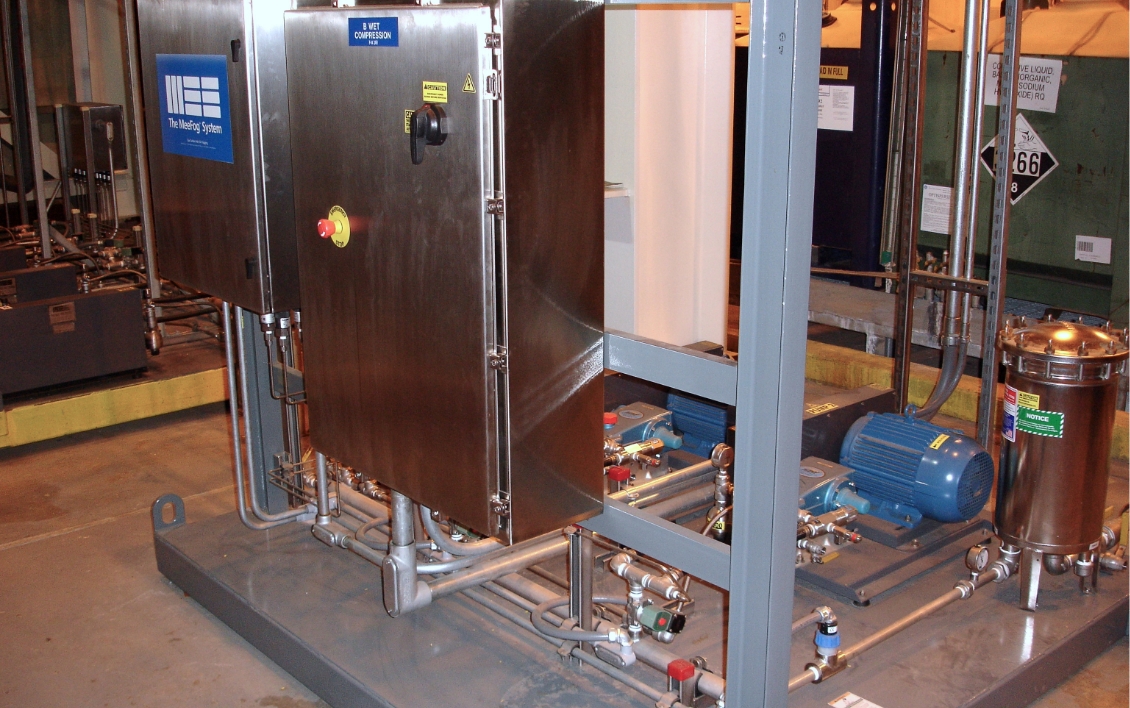
“The plant has two GE 7EA’s which were both equipped with Mee Industries Inlet Fogging systems,” says Jeff Zelik, Plant Manager, Eagle Point Power Generation, LLC.
The inlet fogging systems were reconditioned and placed back in good working order. The wet compression system was added as a larger upgrade to get additional power out of the gas turbines.
Eagle Point Power Generation (EPPG) in Westville, NJ is a 225 MW combined-cycle facility with two GE Frame 7EA turbine generators, two Nooter/Eriksen Heat Recovery Steam Generators and a single 50 MW Alstom condensing steam turbine that sells power into the PSE&G zone of the PJM market. The facility began commercial operations in 1991 as a cogen plant providing steam to the Eagle Point Refinery, but when Sunoco shut the refinery down in 2009, it switched from cogen to combined cycle mode.
Installation Challenges/ Specifications
A Rockland Capital, LLC affiliate purchased the generating facility from Sonoco in April 2012 and began a series of steps to boost the output, including upgrading the inlet fogging system. “The plant has two GE 7EA’s which were both equipped with Mee Industries Inlet Fogging systems,” says Jeff Zelik, Plant Manager, Eagle Point Power Generation, LLC. The inlet fogging systems were reconditioned and placed back in good working order. The wet compression system was added as a larger upgrade to get additional power out of the gas turbines.
For wet compression, or overspray, each turbine has its own pump skid with two 10 hp pumps each feeding up to 7.0 gpm of deionized water at 2000 psi to its own set of fogging nozzles. Inside the turbine inlet are two arrays of MeeFog impaction pin nozzles which atomize the pressurized water into minute droplets (8.5 micron Sauter Mean Diameter.) The droplets are small enough to stay airborne rather than settling out onto the inlet duct or compressor surfaces, until they fully evaporate within the compressor, countering the temperature increase resulting from compression. Each nozzle has a flow rate of 0.045 gpm, so when both overspray stages are activated, the 280 fogging nozzles produce a total of 12.6 gpm of droplets to cool the air, boosting output by 2 MW per unit. “Depending on ambient conditions, EPPG will get an additional 12 MW total from the GE 7EAs, and there may also be an additional MW from the steam turbine,” says Zelik. “This increase is from both the inlet fogging and the wet compression. The compressor inlet temperature will drop more than 20 °F in the warm weather.”
Challenge:
When Rockland Capital took over operating a twenty-year old combined cycle plant, it looked for a cost effective ways to get more value out of the facility.
Solution:
Adding a MeeFog wet compression to an existing MeeFog inlet cooling system to generate an additional 4 MW.
The Installation
Zelik says that the plant uses the inlet fogging in the summer, but most of the year the temperature and humidity conditions are such that they are worried about icing. But when it makes economic sense they will run both MeeFog systems. Typically this is on hot days, sometimes even when there is high humidity. Favorable pricing conditions are usually in the early morning, late afternoon and the evening. “With the inlet fogging operating and lowering the compressor inlet temperature, the wet compression system will add an additional 4 MW and is much more effective,” says Zelik. “Although functionally the two systems are delivering water (fog) to the compressor, it is important to have both systems to maximize the output of the turbine.”
He says that the MeeFog system has performed well, but that it is important to keep the filters clean and make sure there is a good fogging pattern. With those points taken care of, running both inlet fogging and overspray is a good way to get more value out of existing equipment. “It’s a relatively inexpensive way to get additional MW, and to be able to quickly respond to pricing changes,” he says. “It also appears from the boroscopes that the wet compression keeps the compressor clean so intervals between water washes can be extended.”
